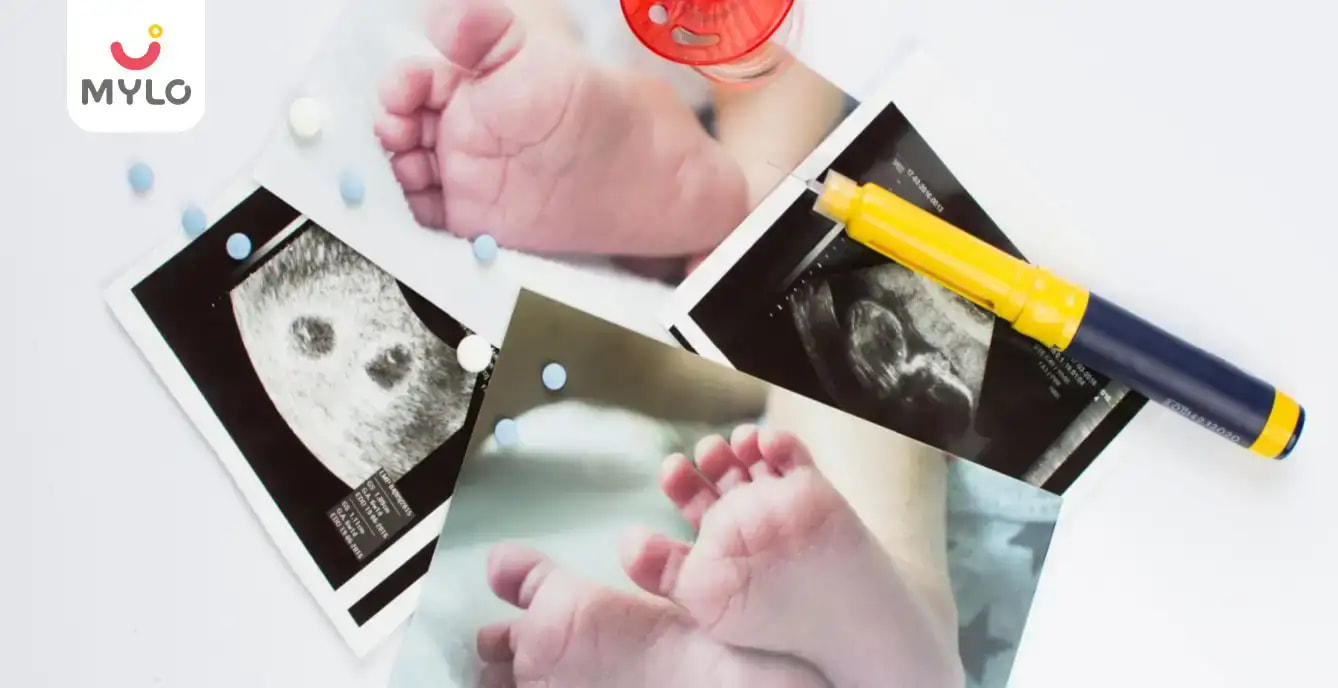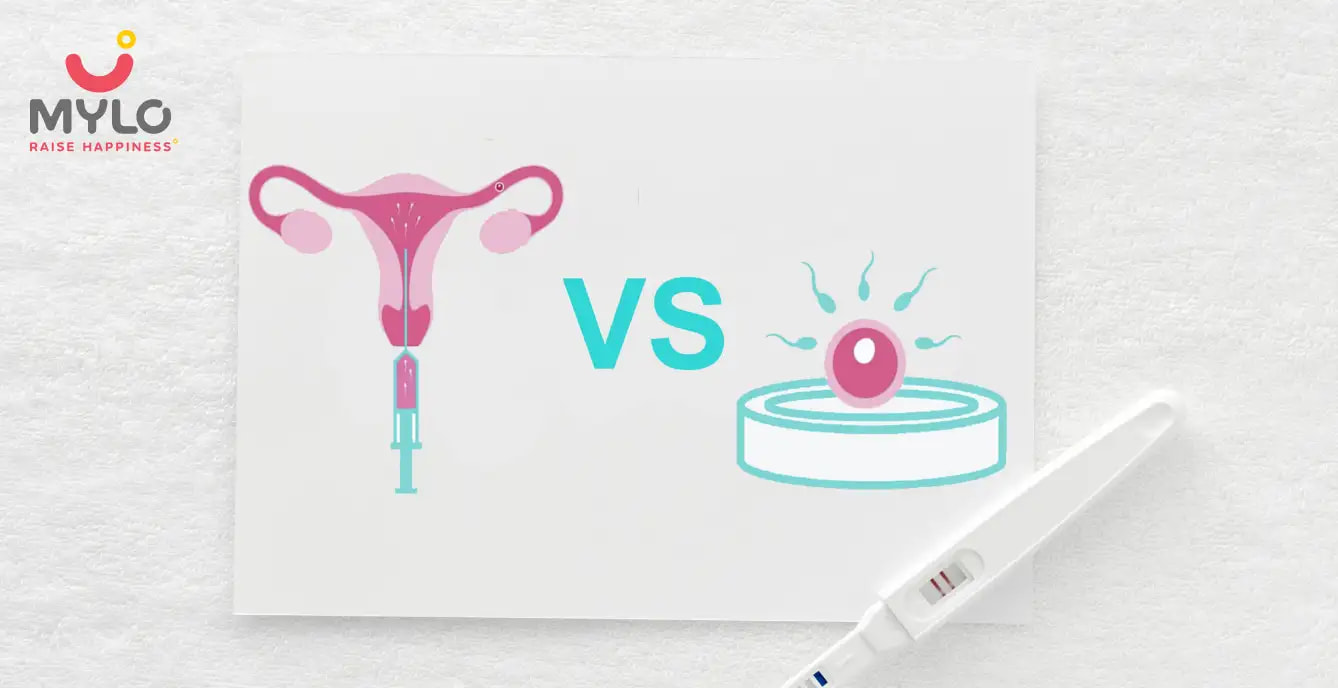Home

Fertility Problems

All about Assisted Reproduction
In this Article

Fertility Problems
All about Assisted Reproduction
Updated on 3 November 2023
Defining Assisted Reproductive Technology (ART)
Assisted reproductive techniques are the fertility measures used to treat difficulty in conceiving children or infertility. Some people opt for ART due to infertility issues, while others may do so due to genetic conditions or to avoid complicated pregnancies. These are complex treatments that a certified expert in the field can only carry out. The main goal of Assisted Reproductive technology is to increase the odds of a successful pregnancy by manipulating eggs, sperm, or embryos. ART is a well-researched, recognized way of getting pregnant and delivering healthy babies.
How Are Assisted Reproductive Technologies Helpful To Humans
Infertility is becoming an increasing concern in both men and women these days. This issue has crossed all bounds of regions, populations, and genders. Changes in our lifestyles and moving toward unhealthy habits have endowed us with the problem of infertility. There is a greater need to use assisted reproduction. Other benefits include helping avoid unwanted genetic conditions or disabilities from the parent to the child.
Types Of Assisted Reproductive Technology
Various assistive techniques are used to suit a particular individual's needs. Charting a suitable plan that suits one's condition and circumstances would work the best in the treatment leading to a healthy pregnancy and delivery.
1. In-vitro Fertilization (IVF)
This procedure involves a doctor extracting eggs from a uterus and fertilising it with sperm in a specialised lab. The egg is fertilised and transferred back to a woman's uterus using specialised techniques. It can take more than one trial to conceive with an IVF procedure. Some of the downfalls of this assisted reproductive technique are the chance of multiple pregnancies, ectopic pregnancy, or ovarian hyperstimulation syndrome.
2. Intrafallopian Transfer
This technique involves the transfer of the gametes, zygotes, or the fertilised egg inside the fallopian tube of a woman,
Gamete Intrafallopian Transfer (GIFT); the eggs and sperm are placed inside the fallopian tube for fertilisation to happen naturally. A person cannot choose which embryo to transfer.
Zygote Intrafallopian Transfer (ZIFT); is a combination of IVF and GIFT. The fertilised eggs or the zygotes are transferred to the fallopian tube. It helps with damaged fallopian tubes and severe infertility issues.
Pronuclear stage tubal transfer (PROST); is similar to ZIFT but entails the transfer of the fertilised egg before it starts to divide.
3. Frozen Embryo Transfer
Previously fertilised frozen embryos are thawed and then placed into the uterus. This technique helps older couples have normal and healthy babies. The disadvantage of this technique is that not all frozen embryos survive, and preterm birth with those that survive.
4. Intracytoplasmic Sperm Injection
An embryologist injects a single sperm into an egg using a tiny needle. The embryo specialist can choose a specific sperm and egg before proceeding with the procedure. The success rate of this assisted reproductive technique is similar to that of an IVF. The downside is that it is costlier than IVF and may damage the eggs, and the baby may develop congenital disabilities.
5. Third-Party ART
These reproductive technologies are used with people who are unable to produce a healthy egg or sperm or are unable to carry a full-term pregnancy. Surrogates or gestational carriers help grow a baby for the entire term of the pregnancy. Other individuals, apart from the couple, donate eggs or sperm to help conceive. This reproductive technique works wonders when a couple has failed repeated IVF or has a dangerous genetic condition. The costs of this technology are high.
All the above said assisted reproductive techniques have their upsides and downsides. Certain complications may also occur due to ART, the most frequent difficulty being multiple pregnancies. Nevertheless, one method may work for a person, whereas others may not show any effect at all. One needs professional guidance for a healthy pregnancy and a birth plan.
Preparation
There are checklist one may follow to prepare for ART treatment. The basics include dietary changes, exercising, and maintaining a healthy lifestyle. Cutting down on caffeine, alcohol, and nicotine improves the chances of having a successful Assisted reproductive technology intervention. Taking prescribed supplements and following a professional's plan endows the best possibility to benefit from assisted reproductive technologies.
In Conclusion
Assisted Reproductive Technologies are techniques for having children. ART allows individuals and couples who suffer from infertility or harmful genetic conditions to have children through specialised reproductive methods. In-vitro Fertilization, Intrafallopian Transfer, Third-Party techniques etcetera are some of the widely used ART. Successfully implementing reproductive technologies requires an interdisciplinary team that accounts for the preparation, process, and outcome of pregnancy and childbirth. Treatment plans are charted according to personal histories and preferences, keeping the costs, benefits, and risks in mind.
Researching assisted reproduction by networking, reading articles and books, using suitable products from the Mylo store, and visiting healthcare facilities will help make an informed decision.
References
- Meaghan Jain; Manvinder Singh. (2022). Assisted Reproductive Technology (ART) Techniques. www.ncbi.nlm.nih.gov
- MedlinePlus. (2015). Assisted Reproductive Technology. www.medlineplus.gov



Written by
Madhavi Gupta
Dr. Madhavi Gupta is an accomplished Ayurvedic doctor specializing in Medical content writing with an experience of over 10 years.
Read MoreGet baby's diet chart, and growth tips

Related Articles
Related Questions
Influenza and boostrix injection kisiko laga hai kya 8 month pregnancy me and q lagta hai ye plz reply me

Hai.... My last period was in feb 24. I tested in 40 th day morning 3:30 .. That is faint line .. I conculed mylo thz app also.... And I asked tha dr wait for 3 to 5 days ... Im also waiting ... Then I test today 4:15 test is sooooo faint ... And I feel in ma body no pregnancy symptoms. What can I do .

Baby kicks KB Marta hai Plz tell mi

PCOD kya hota hai

How to detect pcos

Related Topics
RECENTLY PUBLISHED ARTICLES
our most recent articles

Diet & Nutrition
গর্ভাবস্থায় আলুবোখরা: উপকারিতা ও ঝুঁকি | Prunes During Pregnancy: Benefits & Risks in Bengali

Diet & Nutrition
গর্ভাবস্থায় হিং | ঝুঁকি, সুবিধা এবং অন্যান্য চিকিৎসা | Hing During Pregnancy | Risks, Benefits & Other Treatments in Bengali

Women Specific Issues
স্তনের উপর সাদা দাগ: লক্ষণ, কারণ এবং চিকিৎসা | White Spots on Nipple: Causes, Symptoms, and Treatments in Bengali

Diet & Nutrition
গর্ভাবস্থায় পোহা: উপকারিতা, ধরণ এবং রেসিপি | Poha During Pregnancy: Benefits, Types & Recipes in Bengali

Diet & Nutrition
গর্ভাবস্থায় মাছ: উপকারিতা এবং ঝুঁকি | Fish In Pregnancy: Benefits and Risks in Bengali

Diet & Nutrition
গর্ভাবস্থায় রেড ওয়াইন: পার্শ্ব প্রতিক্রিয়া এবং নির্দেশিকা | Red Wine During Pregnancy: Side Effects & Guidelines in Bengali
- ইনার থাই চ্যাফিং: কারণ, উপসর্গ এবং চিকিৎসা | Inner Thigh Chafing: Causes, Symptoms & Treatment in Bengali
- গর্ভাবস্থায় ব্রাউন রাইস: উপকারিতা ও সতর্কতা | Brown Rice During Pregnancy: Benefits & Precautions in Bengali
- Velamentous Cord Insertion - Precautions, Results & Safety
- Unlock the Secret to Flawless Skin: 7 Must-Have Qualities in a Face Serum
- Unlock the Secret to Radiant Skin: How Vitamin C Serum Can Transform Your Complexion
- Gender No Bar: 10 Reasons Why Everyone Needs a Body Lotion
- Unlock the Secret to Radiant Skin How to Choose the Perfect Body Lotion for Your Skin Type
- Top 10 Reasons to Apply a Body Lotion After Every Bath
- Communication in Toddlers: Milestones & Activities
- How to Improve Vocabulary for Toddlers?
- A Comprehensive Guide to Understanding Placenta Accreta
- Vulvovaginitis in Toddlers Causes, Symptoms and Treatment
- A Comprehensive Guide to Understanding Cerebral Palsy in Children
- Bitter Taste in Mouth During Pregnancy: Understanding the Causes and Remedies


AWARDS AND RECOGNITION

Mylo wins Forbes D2C Disruptor award

Mylo wins The Economic Times Promising Brands 2022
AS SEEN IN
















- Mylo Care: Effective and science-backed personal care and wellness solutions for a joyful you.
- Mylo Baby: Science-backed, gentle and effective personal care & hygiene range for your little one.
- Mylo Community: Trusted and empathetic community of 10mn+ parents and experts.
Product Categories
baby carrier | baby soap | baby wipes | stretch marks cream | baby cream | baby shampoo | baby massage oil | baby hair oil | stretch marks oil | baby body wash | baby powder | baby lotion | diaper rash cream | newborn diapers | teether | baby kajal | baby diapers | cloth diapers |








